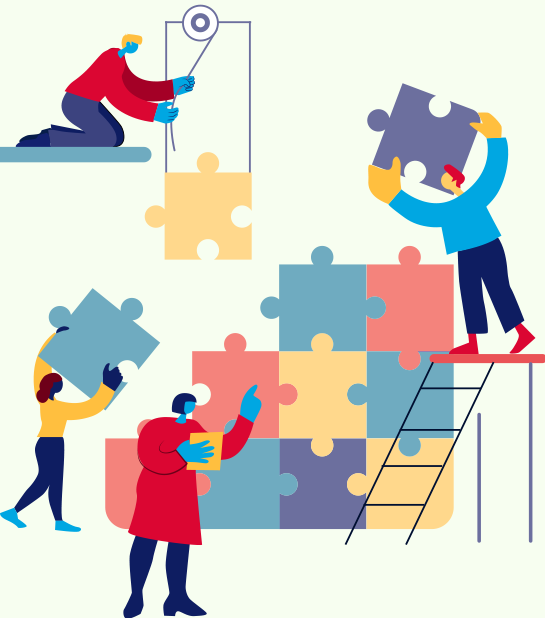The UIC LMS Transition: A Comprehensive Overview
text

1. Understanding the Current Landscape
UIC is at a crossroads with its Learning Management System (LMS). For over two decades, Blackboard Original has been the cornerstone of UIC’s online learning framework. However, with Anthology soon announcing the retirement of Blackboard Original, the institution must embrace change. Currently:
- Blackboard Original (Learn) has been in use since 1997, with UIC adopting Blackboard Original in 2000.
- Blackboard Ultra, available since 2022, is used in only 9.4% of courses, leaving 90.6% still dependent on Blackboard Original.
- UIC’s Blackboard/Anthology contract will expire on June 30, 2026, making a timely transition imperative.
This transition represents an opportunity to modernize UIC’s LMS environment while addressing future security, accessibility, and interactivity needs.
2. Exploring the Transition Options
UIC is considering two primary options for its LMS transition:
Option 1: Transition to Blackboard Ultra
- Pros:
- Quickest and most cost-effective approach.
- Leverages the familiarity faculty have with Blackboard.
- Strong vendor relationship.
- Cons:
- Low Ultra Adoption for the past three years
Option 2: Migration to Canvas
- Pros:
- Long-term cost savings via a system-wide contract.
- Alignment with the Data Governance Roadmap, promoting a unified approach across the University of Illinois System.
- Cons:
- Potentially longer transition time.
- Requires adjustment to a completely new system.
quote
The institution must weigh the benefits of a quicker transition against the long-term advantages of aligning with system-wide goals.
text
3. Key Opportunities for Improvement
Regardless of the chosen platform, the LMS transition offers several shared benefits:
- Modern LMS Features: Enhanced security, interactivity, and accessibility options.
- Compliance: Meets Title II requirements for accessibility.
- Efficient Resource Utilization: Potential to leverage shared resources and contracts for long-term cost-effectiveness.
Platform-Specific Advantages:
- Canvas: Aligns with system goals and ensures long-term financial sustainability.
- Blackboard Ultra: Provides a seamless, quicker transition.
4. Stage 1 of Testing: A Strategic Approach
The testing phase is crucial to ensuring that the final decision is informed by user experience and feedback. This phase is divided into two parts:
Phase 1: Faculty and Staff Testing
- Involves 100 faculty and staff members from all colleges and departments.
- Conducted in a simple test environment with guided rubrics to evaluate ease of use and learnability.
- Includes additional resources such as two guided Zoom sessions for participants.
Phase 2: Campus-Wide Testing
- Extends testing to the entire campus for one week per platform.
- Accompanied by guided rubrics, live workshops, and online sessions to assist users.
- Culminates with a survey to gather comprehensive feedback.
5. Next Steps: Preparing for the Future
Once the phases are complete and we have gathered the survey and rubric data, developed cost estimates and contracts, and established resources and support, the results will be presented to the Dean’s Council for review. The findings will also be published in our spring newsletter, highlighting the overall results and the decision made by our administration regarding our future LMS. At that point, we will begin conducting town halls and needs assessments for all the colleges. We will map out a timeline and transition plan that will be communicated to everyone.
With Phase 1 underway and Phase 2 on the horizon, UIC is poised to make a data-driven decision that will shape its LMS landscape for years to come. The institution must weigh the benefits of a quicker transition against the long-term advantages of aligning with system-wide goals. Regardless of the decision, this transition marks a pivotal step toward modernizing and enhancing UIC’s digital learning environment.